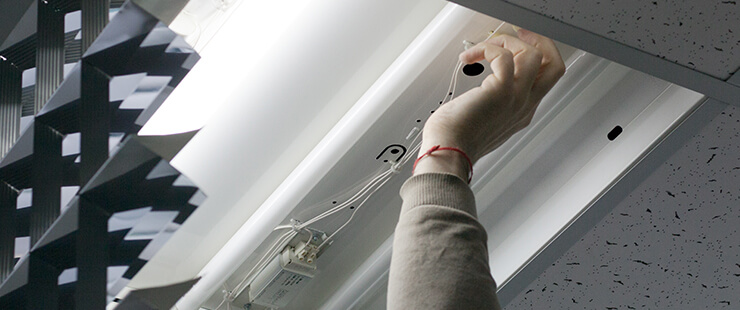Get unique, complex parts easily. No matter your requirements, Chaoyi Spring creates hard-to-produce coil springs and wire forms.
Let us help you create the custom wire form you need, from S-hooks and J-hooks to utility hooks and more.
We work closely with customers across a wide range of industries, helping them design and manufacture made-to-order parts.
Why choose Chaoyi Spring? We prioritize customer-focused collaboration, modern equipment and the latest technology to make your parts per print.
Find the information and guidance you need, from measuring a spring to learning about materials, placing an order and much more.
When it comes to mechanical springs, there's a world of options, but two stand out: torsion springs and tension springs. While they both serve to store and release energy, they


When it comes to mechanical springs, there's a world of options, but two stand out: torsion springs and tension springs. While they both serve to store and release energy, they operate in fundamentally different ways. Choosing the right spring for your application can be crucial for optimal performance and reliability. This guide delves into the characteristics, advantages, and disadvantages of both torsion springs and tension springs, helping you make an informed decision.

Imagine a spring that twists rather than stretches or compresses. That's essentially a torsion spring! These springs are designed to store energy when twisted and release it as they unwind. They're often shaped like a coil, but can also be found in flat, helical, or other configurations. Torsion springs are commonly used in various applications, from door hinges and garage door openers to automotive suspension systems and even watches.
Here's a closer look at what makes torsion springs unique:
As with any engineering component, torsion springs have their own set of advantages and disadvantages.
In contrast to torsion springs, tension springs work by storing energy when stretched and releasing it as they contract. Imagine a spring that you pull on, like a spring used in a retractable pen. Tension springs are usually coiled and come in various sizes and configurations to suit diverse applications. They play a vital role in everything from door closers and automotive suspensions to medical devices and even toys.
Here are the defining characteristics of tension springs:
Tension springs offer their own unique set of benefits and drawbacks.
So, how do you decide which spring is right for your project? Here are some key factors to consider:
Choosing between torsion springs and tension springs is not a one-size-fits-all decision. The best choice ultimately depends on your specific application and design requirements. By carefully considering the characteristics, advantages, and disadvantages of each type, you can make an informed choice that ensures optimal performance and longevity for your project.
Remember, when in doubt, consulting with a spring expert can be invaluable. They can help you navigate the intricacies of spring selection, ensuring that you choose the perfect spring for your needs, whether it's a torsion spring for a rotating door hinge or a tension spring for a retractable pen.
Browse some of the custom wire forms and springs that we manufacture. Don’t see what you need? We specialize in made-to-order products that meet your application requirements.
Visit Our GalleryNeed a custom wire form or coil spring? We make it work. Fill out the contact form and a representative will respond within 1 business day. If you have a PDF or CAD file, you can submit to request a quote.